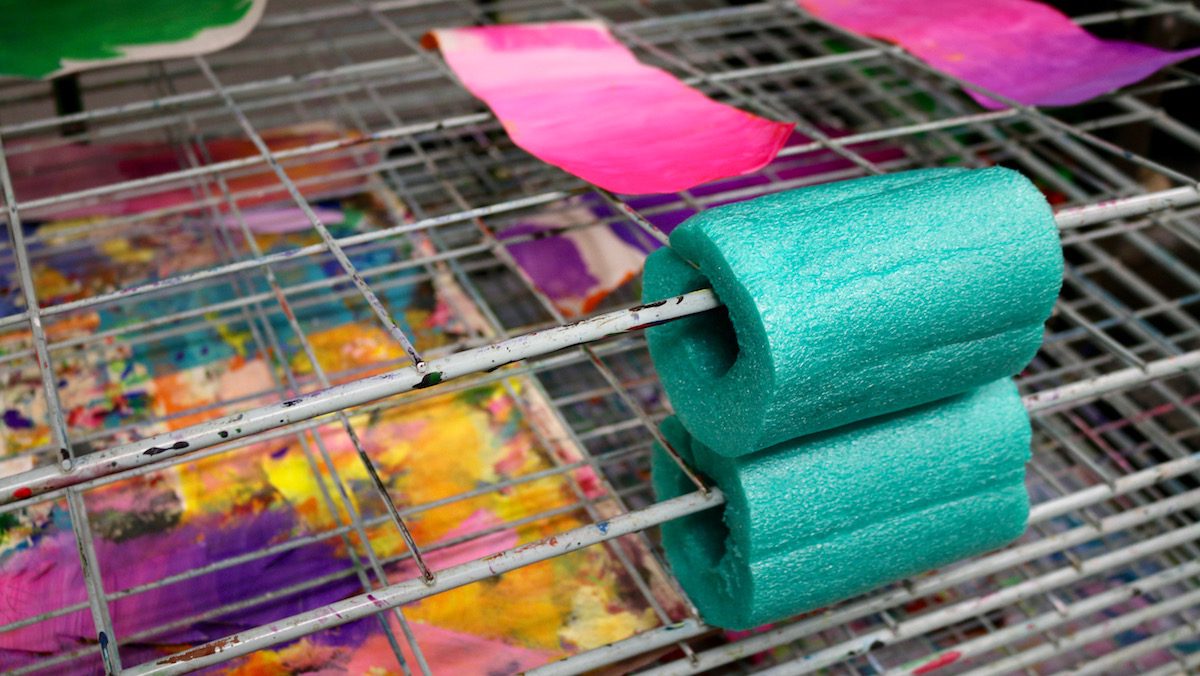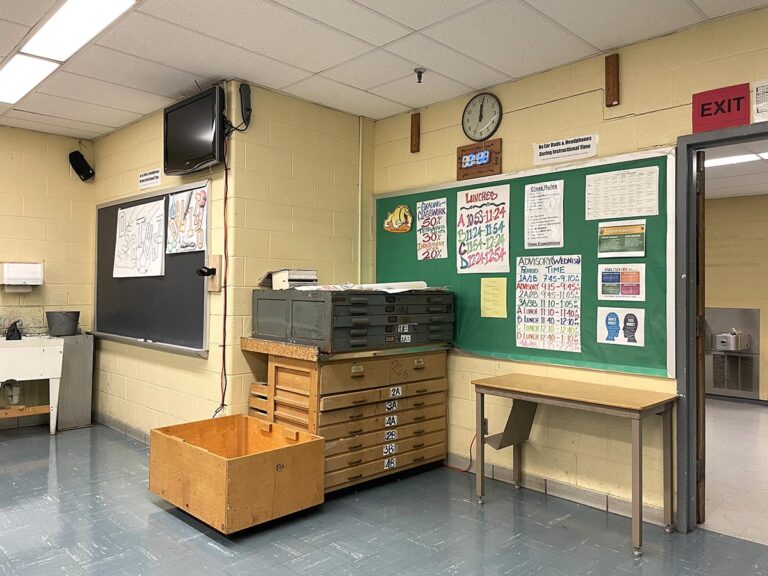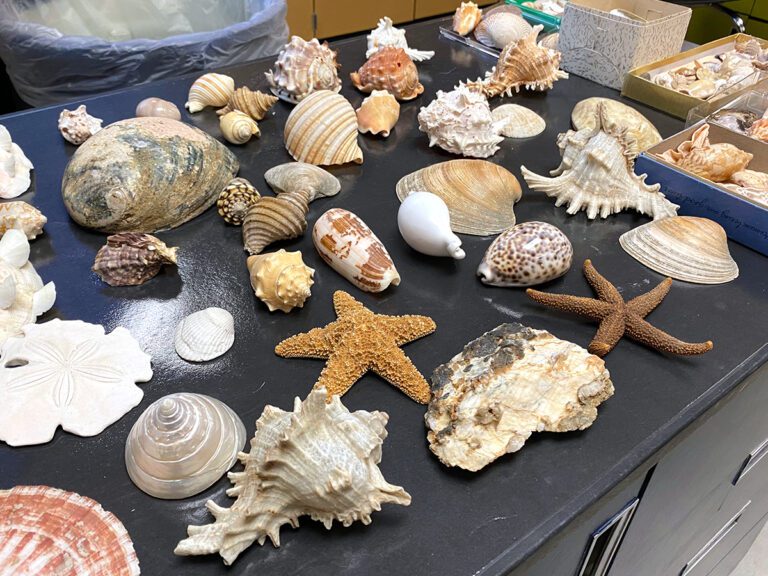Art teachers gain the reputation of having some of the most unique classrooms around. Primarily because of the things we have in them. When someone asks if we need 100 (insert obscure objects here) we probably say, “Yes!” It’s in our DNA to find use in the useless. We’re constantly looking for ways to make our classrooms run a little smoother which may mean using items not intended for the art room.
Here are 8 everyday items you need in your art room!
1. Book Lights
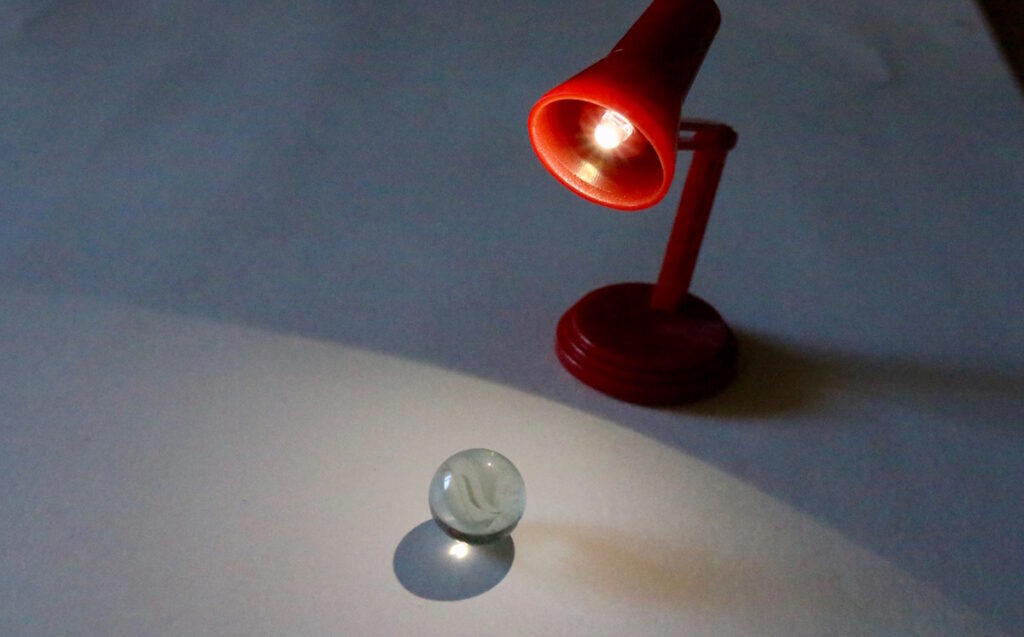
When teaching value to students it’s essential to give them a visual of what value actually looks like. To do this I use book lights. This allows students to set up their own individualized light sources for the objects they are drawing. Some students might opt to use the flashlight on their cell phone if their still life is large. You will need to work with the lights off, but you’ll start to see an increase of student understanding!
2. Foot Covers
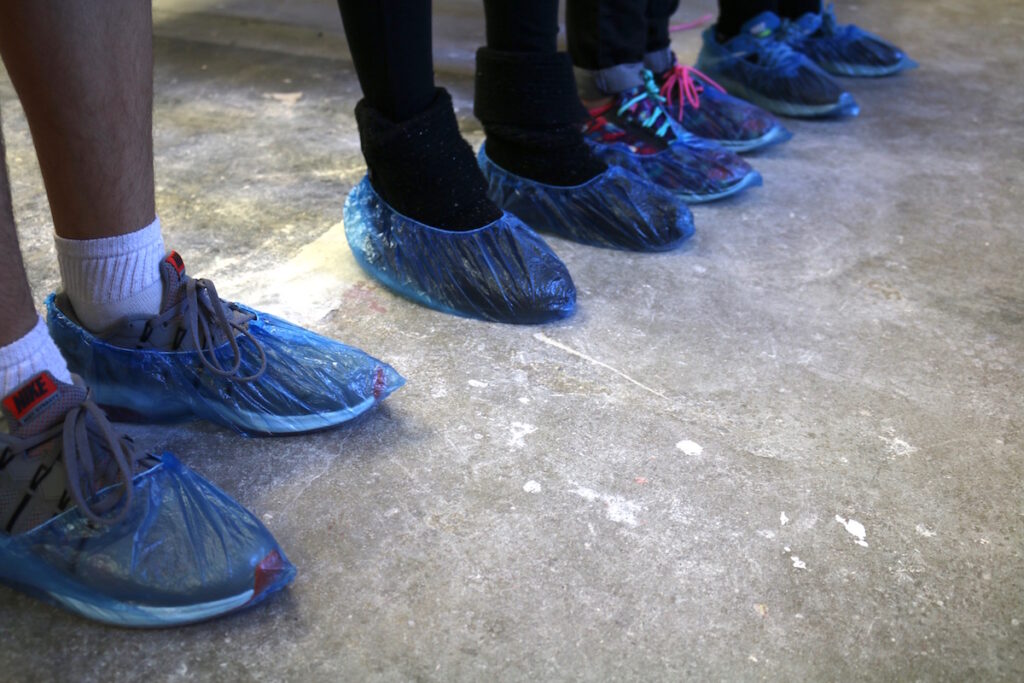
My classroom is a dust collector, which means during clay time the floors look like dirt! To top it off you can see clay dust footprints throughout the building. No matter how many times a day I mop the floor, that pesky dirt gets be everywhere. To cut down on this clay mess, students have started putting on foot covers as they enter class and slip them off right before they leave. This has cut down on the mess in the room and in the hallways.
3. Colander
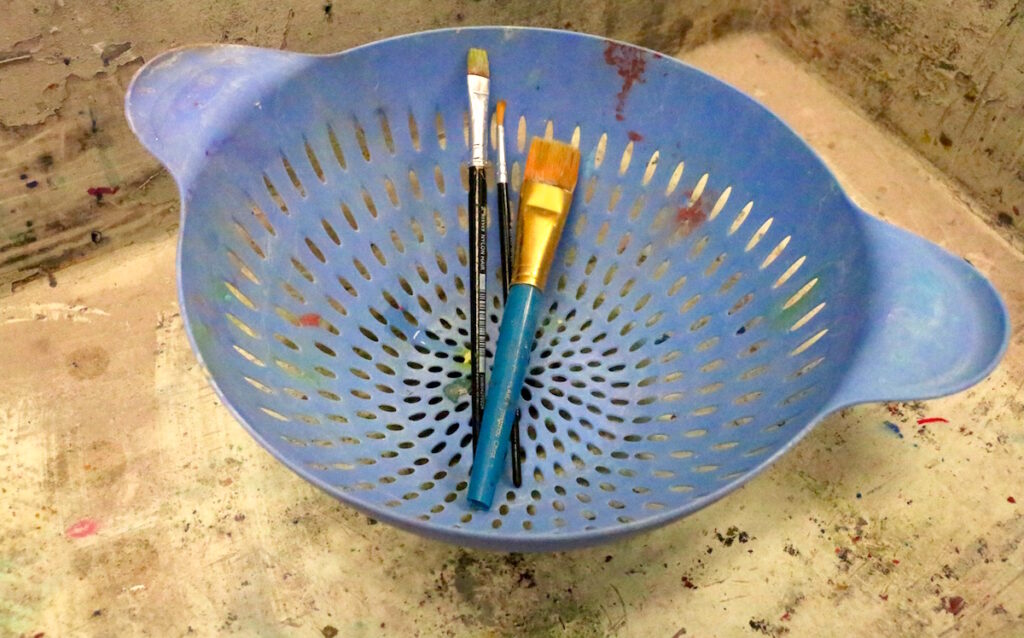
How many times has your art room sink been clogged? Usually, after a little plunging or snaking you’re amazed to find all of those paintbrushes you’ve been missing! Setting colanders in your sink is a great option to prevent this from happening. Even though students are expected to clean up their paintbrushes, there always seem to be a few left behind in the sink. Colanders in the sink also work well for washing hands when working with clay. The clay can be scooped out before it makes it down the sink!
4. Windex
A few months ago on Art Ed Radio, Andrew shared a tip about using Windex to clean ruined acrylic paint brushes. I didn’t think I could trust him, but the magic of Windex really works! Instead of throwing away those dried acrylic-saturated brushes, soak them in Windex for a day and they’ll be as good as new.
Using these everyday materials in new ways will make your teaching life easier. But, did you know that you can apply this same idea to artmaking as well? Andrew McCormick shares some super fun, innovative ideas in the Creating with Unexpected Materials PRO Learning Pack. Be sure to check it out to see how using unexpected materials can help push students’ creativity and risk-taking!
5. Gardening Gloves
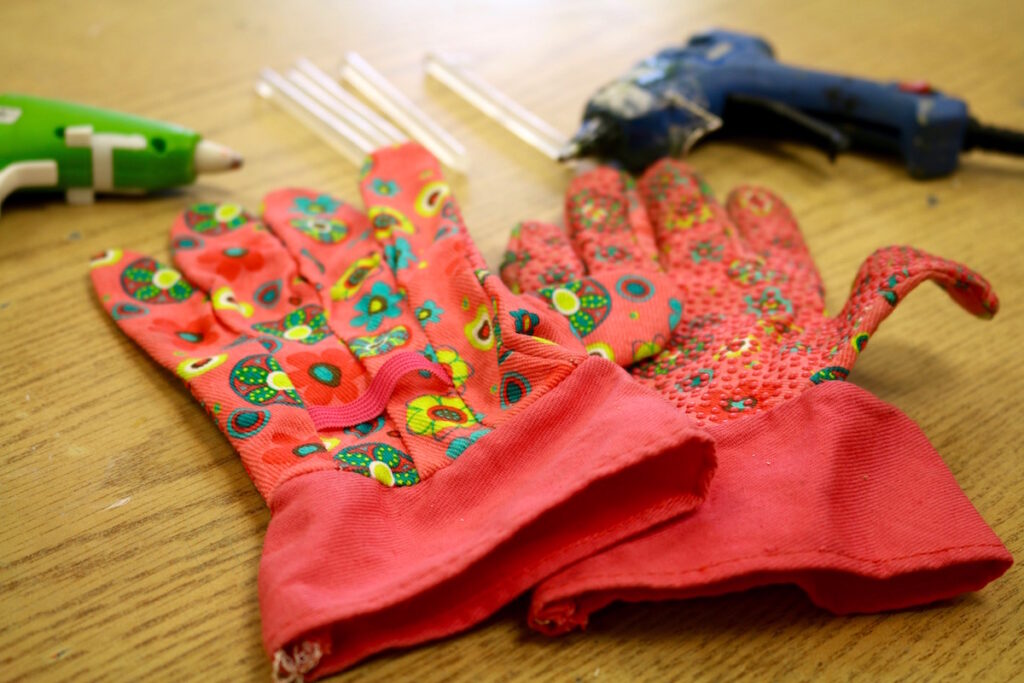
There are times when we use some dangerous materials in the art room. One of those items is the hot glue gun. Students often want to use it, but there are usually a few who end up with burnt fingers. To prevent this, put a few pairs of slim fitting gardening gloves by your hot glue station. This will help your students use those hot glue guns safely.
6. Cheese Slicer
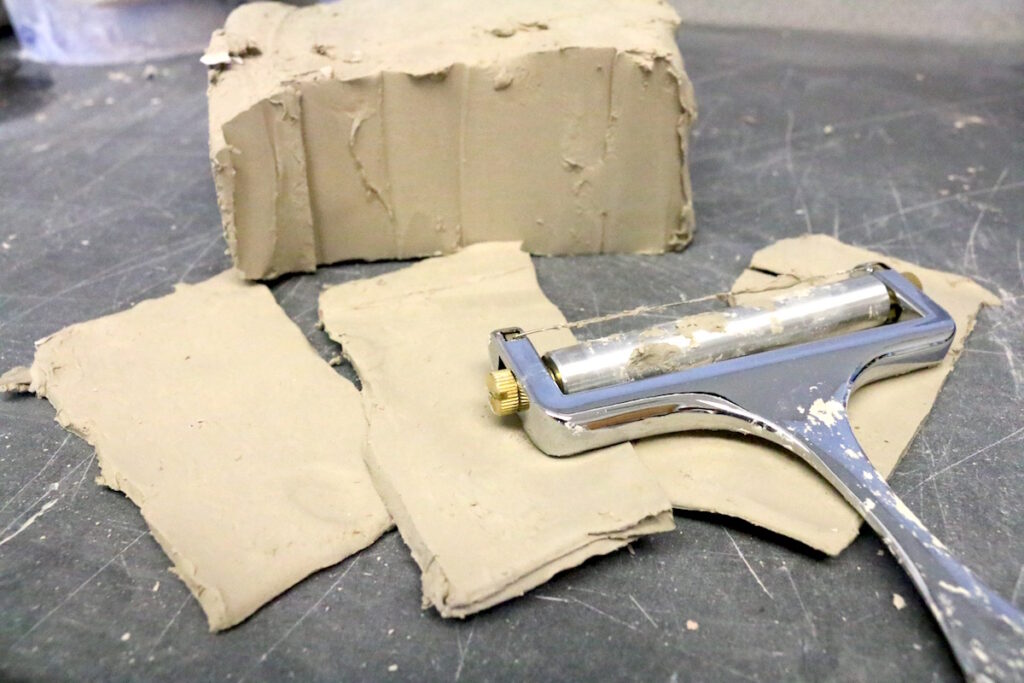
Any “Did someone cut the cheese?” jokes are well worth having this item in your classroom! It works wonders for cutting clay. I used to have a hard time trusting my students to cut their own clay pieces. They would cut too much, leaving most of it to dry out as they worked. A heavy duty cheese slicer allows my students to get a little bit of clay without waste.
7. Cornstarch
Have you ever had chalk that looks muddy and messy because all the pieces have been stored together? Try putting some cornstarch and the chalk sticks in a bag. After a little shaking your chalk will be good as new and ready to separate into like colors!
8. Pool Noodles
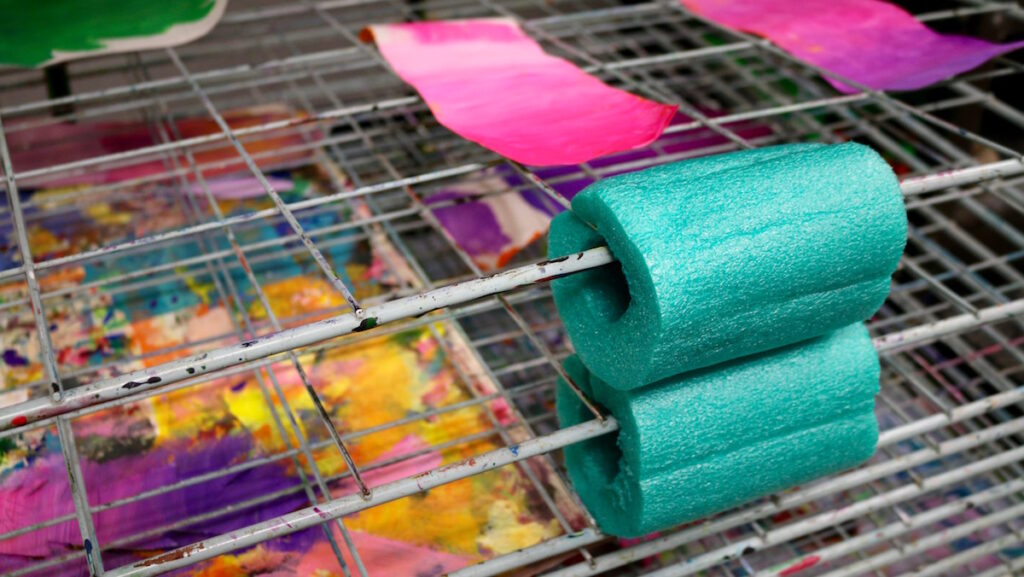
Sometimes drying racks can be a pain. Wet paintings stick to the shelf above when there isn’t enough space. A great solution is to cut a piece of a pool noodle to stick in between the shelving. You can also use pool noodles to create some pretty awesome paintings!
These everyday items can make our days as art teachers just a little bit easier! And, if you’re looking for even more ideas, here are ten more unconventional things you won’t be able to live without!
What are your favorite art room hacks?
What everyday, non-art materials do you keep in your classroom?
Magazine articles and podcasts are opinions of professional education contributors and do not necessarily represent the position of the Art of Education University (AOEU) or its academic offerings. Contributors use terms in the way they are most often talked about in the scope of their educational experiences.
